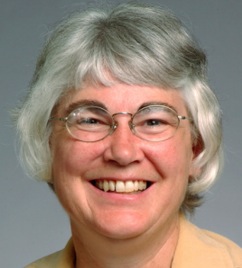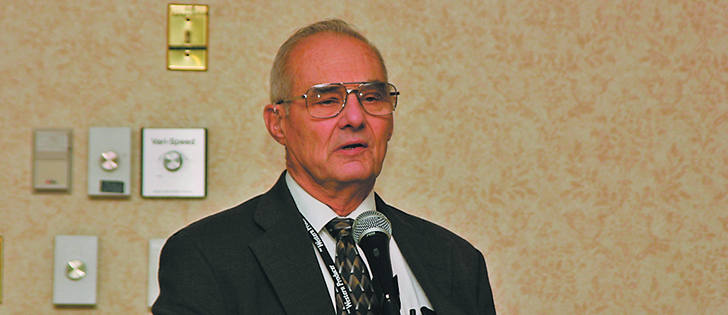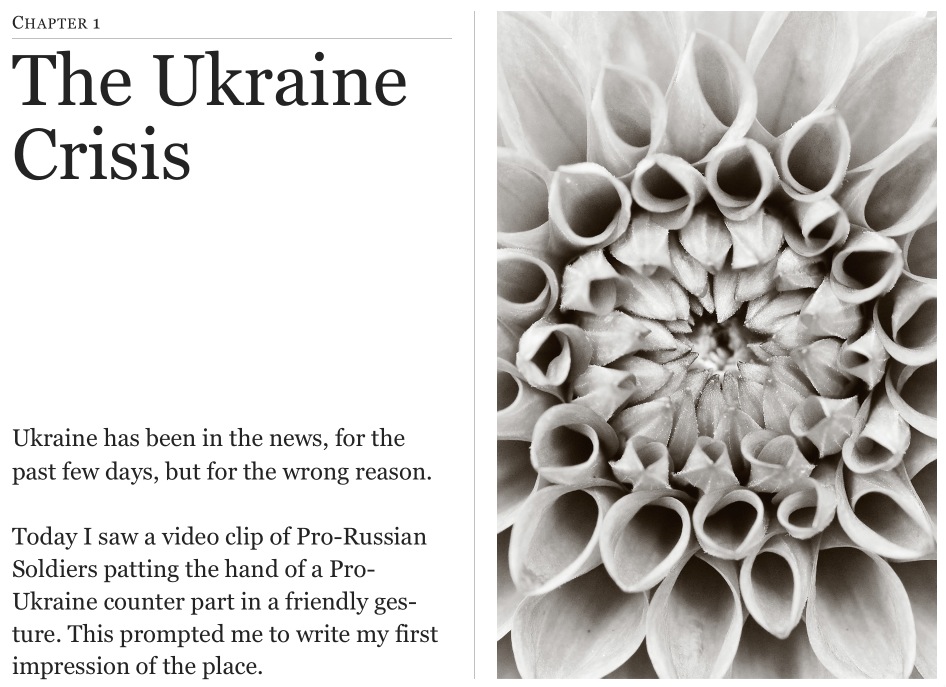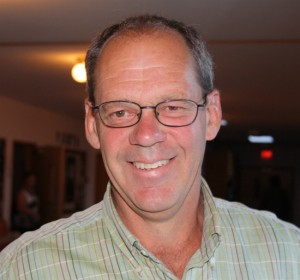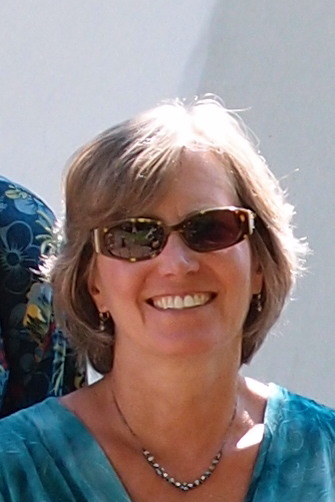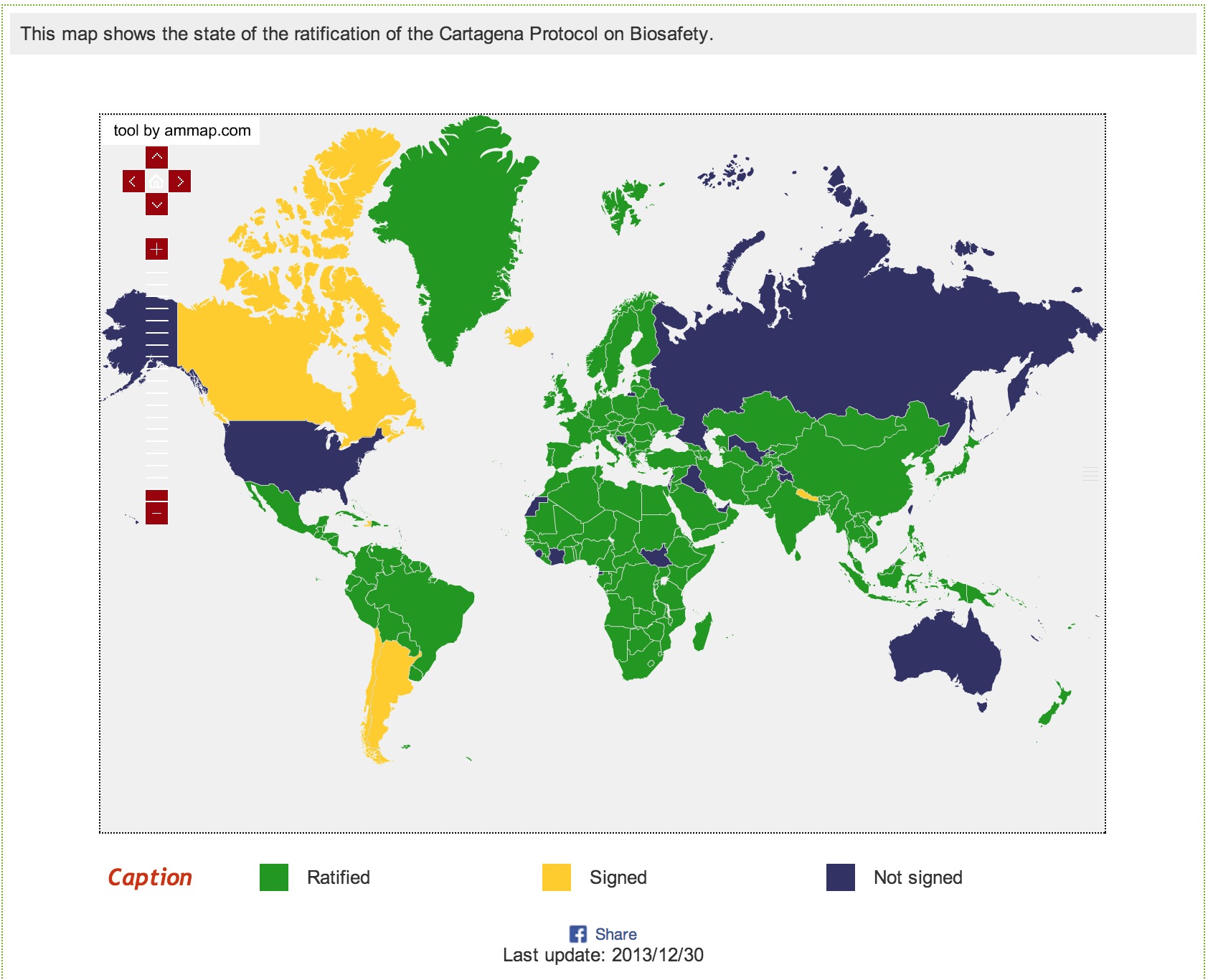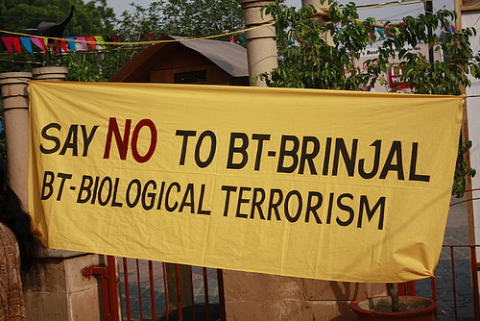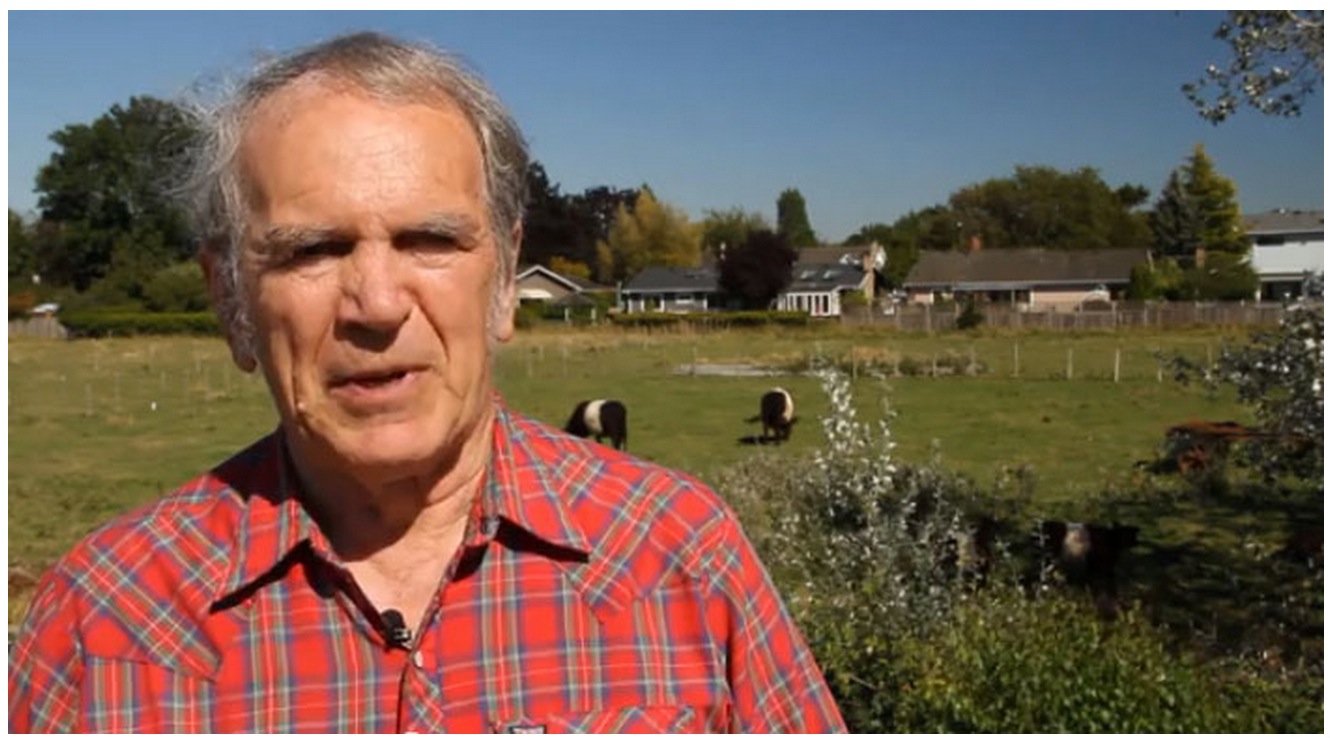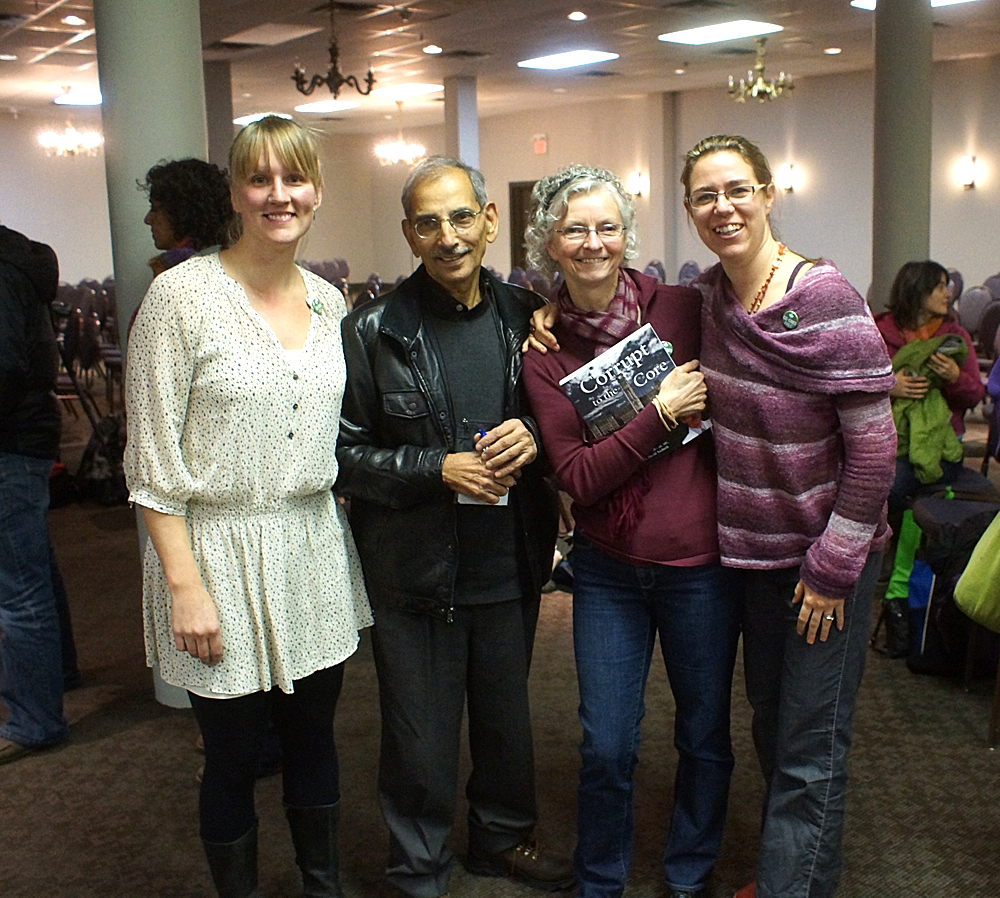To: Government of New Brunswick – Forestry
Ms Gail Elliott, Administration, Regional Unit
Government of New Brunswick, Canada
cc: Honorable Mr. Hugh J. Flemming, Minister of Health, New Brunswick
cc: Dr. Thierry Vrain, Genetic Engineer, retired, Agriculture Canada,
Subject: Data regarding past annual release quantities of herbicide containing Glyphosate in Forestry and agriculture, in New Brunswick
Dear Ms Elliot
Good day. I am a retired engineer, a nature lover, citizen journalist and blogger, and food safety activist with some contact with the world of scientists on study of Glyphosate and its effects on people and environment.
Dr. Thierry Vrain, copied, is a genetic engineer that worked for 35 years with Agriculture Canada before retiring, and is a critic of GMO and its associated herbicide Glyphosate, on account of health risks and absence of sufficient testing in Canada.
We are coming on invitation to speak to a gathering in Fredericton on the 2nd of May, and would like to invite you and your colleagues to attend the meeting. Details are:
St. Mary’s Anglican Church
780 McEvoy Street
Fredericton, NB E3A 3B7
Friday, May 2nd, 2014
7:00PM-9:00PM
Host: NB Community Harvest Gardens Inc.
www.nbchg.org
info@nbchg.org
I would also like to present to you a recent audio podcast I made through talks with two scientists, Dr. Don Huber, professor emeritus, University of Purdue, and Dr. Stephanie Seneff of MIT, USA. Both these scientists have done extensive research on Glyphosate and its possible harmful effects on living world, both bacteria and higher animals such as wildlife, cattle and humans. We would request you to consider listening to them:
Meanwhile, we request you to kindly provide us, or point us to the right direction where we might find, the year upon year release (use) of the forest herbicide of types Forza, Vision and Vantage Forestry, which are listed in the Government web site on forest management as the brands used on New Brunswick forests, each of which contain Glyphosate as its active ingredient, far as we could see.
We are enclosing one recent article from Dr. Stephanie Seneff and Dr. Anthony Samsel that came out in Interdisciplinary Toxicology for your reference. Perhaps you are already aware of it.
The paper shows links with rapid rise of various disease and release of Glyphosate in agriculture, but the effect may be the same if Glyphosate released on forests got to animals and people.
Anyhow, we have been checking if concerned people can have their blood, urine, or breast milk tested for presence of Glyphosate. This is an initiative recently started in the US by a group named Mothers Across America and the some of the results are rather disturbing, with Glyphosate noted to be present in mothers breast milk in some cases.
We are also checking if similar tests can be done for those Canadians that might be concerned, or live near or downhill of the forests where Glyphosate is being sprayed. There is also an appeal from Deer biologists in New Brunswick that claim that wildlife is under serious harm through Glyphosate exposure.
We wonder if you might be interested to discuss or join hands with us in encouraging independent testing on presence of Glyphosate in humans and animals in New Brunswick. If there is no trace of Glyphosate, the matter can be put to rest and results publicized. If on the other hand results show presence of Glyphosate and if they correlate with people having health issues, then it might indicate a need for further investigation and a kicking in of the precautionary principle.
We understand use of Glyphosate makes business easy, and keeps cost down for the logging industry, but we are sure you will put health of people and environment on a higher priority than just profit for the logging firms.
By copy to Honorable Mr. Hugh Flemming, Minister of health, we are keeping him advised and also extend the request assist us in organizing some sample testing done for presence of Glyphosate within body fluids, of people of New Brunswick that might be living close to areas of Glyphosate application, or are suffering from some of the Chronic diseases such as Celiac, Intestinal infection, Cancer, Kidney injury, renal disease, Parkinson’s, all of which, according to study by Dr. Seneff, Dr. Samsel, Dr. Huber and Dr. Swanson, show strong correlation with increase in application of Glyphosate in USA.
A similar study in Canada would require the data on annual use of Glyphosate and record or reported illnesses, for Canada and also New Brunswick. We request that this data be made available to us.
In case this message should be directed to the another person in the department of forestry, appreciate if you will do that for us.
Hoping to see you or get a chance to shake hands when we are there.
Looking for to your response
With thanks
Tony Mitra
10891 Cherry Lane, Delta, BC, V4E 3L7, Canada
604-649 7535
tony.mitra@gmail.com
www.tonu.org
=======================================

